Who Was Red Cloud?
Lakota chief Red Cloud was an important figure in the 19th-century land battle between Native Americans and the U.S. government. He successfully resisted developments of the Bozeman trail through Montana territory and led the opposition against the development of a road through Wyoming and Montana for two years—a period that came to be known as Red Cloud's War.
Early Life
Born in 1822 in what is now north-central Nebraska, Red Cloud (known in Lakota as Mahpíya Lúta) was an important Native American leader who fought to save his people's lands. His parents named him after an unusual weather event. His mother, Walks as She Thinks, was a member of the Oglala Sioux and his father, Lone Man, was Brule Sioux. When he was around 5 years old, Red Cloud lost his father.
Following his father's death, Red Cloud was raised by his mother's uncle, an Oglala Sioux leader named Smoke. At a young age, Red Cloud sought to distinguish himself as a warrior. He demonstrated great bravery in the Oglalas' battles with other tribes, including the Pawnees.
Red Cloud's War
Red Cloud was instrumental in organizing resistance to white expansion into his people's territory. He had refused to sign several treaties with the U.S. government and even stormed out of negotiations held at Fort Laramie in Wyoming in 1866. Fort Laramie was on what was known as the Bozeman Trail, which was developed by John Bozeman as a shortcut to the Oregon trail and the gold-rich lands in what is now Montana.
At the time the 1866 meeting was held, the U.S. government was building new forts along the trail north of Fort Laramie. This expansion enraged Red Cloud, who managed to unite several different Native American groups to drive away the soldiers from Fort Phil Kearny. When the U.S. government sent in reinforcements, Red Cloud and his warriors showed them just how powerful they were.
On December 21, 1866, Captain William Judd Fetterman led of party of 80 soldiers to eliminate their Native American problem. But they were quickly slaughtered by more than 1,000 warriors who rose up against them. This incident became known as the Fetterman massacre.
By the spring of 1868, Red Cloud had finally forced the white man's hand with his continued assault on those who ventured into his territory. General Ulysses S. Grant decided to abandon the forts in the northern part of the Bozeman trail. While he signed a treaty later that year, Red Cloud resisted government efforts to move him and his people from their lands.

Buy it here if you like it 👉 Click here
Final Years
In 1870, Red Cloud traveled to Washington, D.C., to lobby for Native American rights. He attended a special reception at the White House and later traveled to New York. The mighty leader impressed crowds with his eloquence and diplomatic skills, but could do little to preserve his lands in face of greed over gold. Once the precious metal was found in the Black Hills, the Sioux were soon pushed from their sacred lands.
While other Native American leaders, including Sitting Bull and Crazy Horse, rose up against the whites, Red Cloud seemed to stay out of the fighting. He moved with his people to the Pine Ridge Reservation in South Dakota in the late 1870s. In the early 1880s, Red Cloud stepped down as leader. He continued to work to improve the lives of his people, however. In 1897, he headed to Washington, D.C., to campaign for better living conditions on the reservation.
Death
Red Cloud died on the Pine Ridge Reservation on December 10, 1909, at the age of 88.
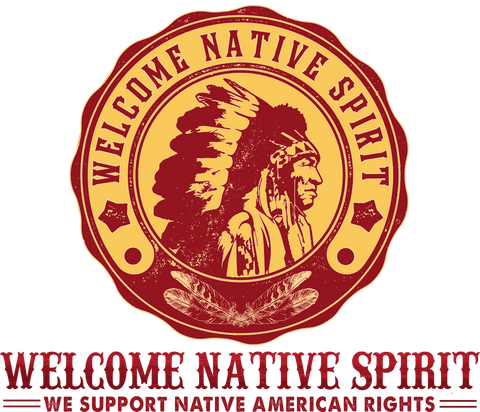

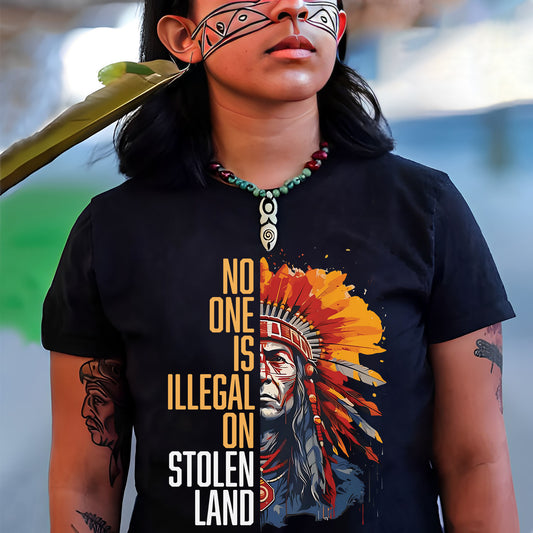
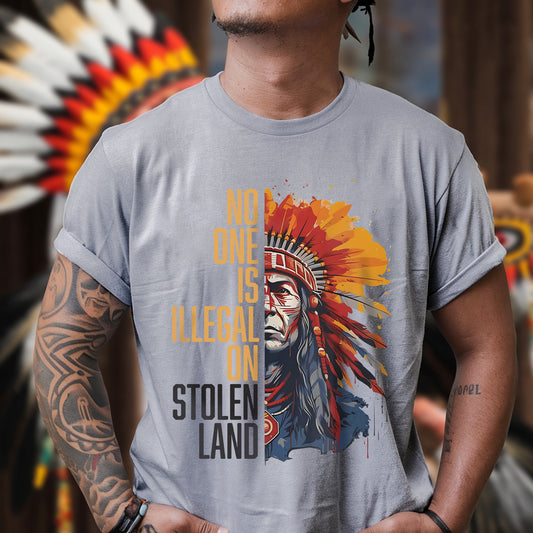
![[Two Sides] Trail of Tears The Deadly Journey Unisex T-shirt/T-shirt V-Neck/Hoodie/Sweatshirt](http://welcomenativespirit.com/cdn/shop/files/20_2bae9cf5-c07c-4ea5-a8ea-de74aa71325d_533x.jpg?v=1757466962)
![[Two Sides] Trail of Tears The Deadly Journey Unisex T-shirt/T-shirt V-Neck/Hoodie/Sweatshirt](http://welcomenativespirit.com/cdn/shop/files/gray_-2side_b51af6c7-cea9-4004-90db-cb8d883be04a_533x.png?v=1759742586)
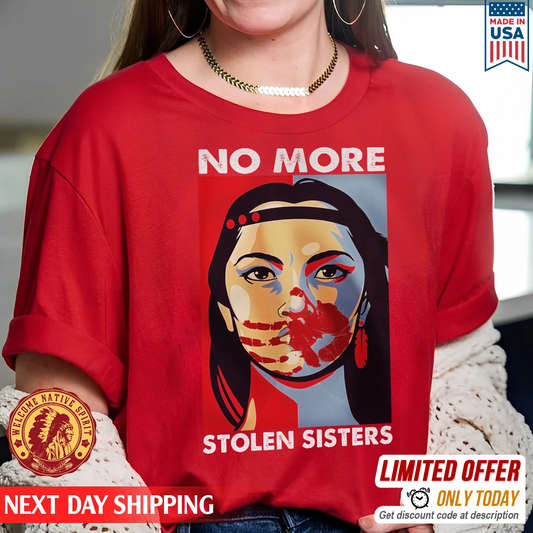
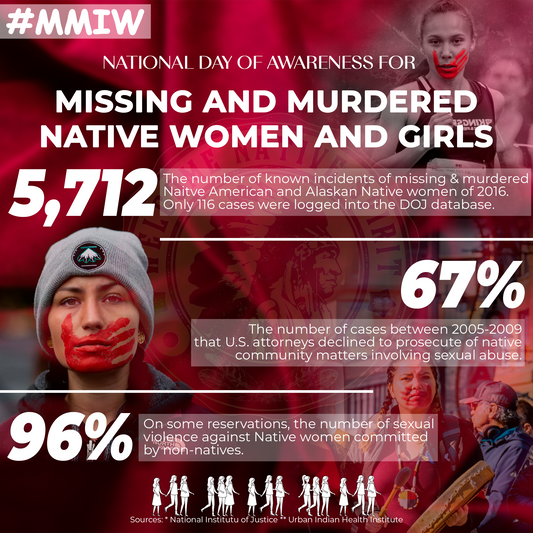
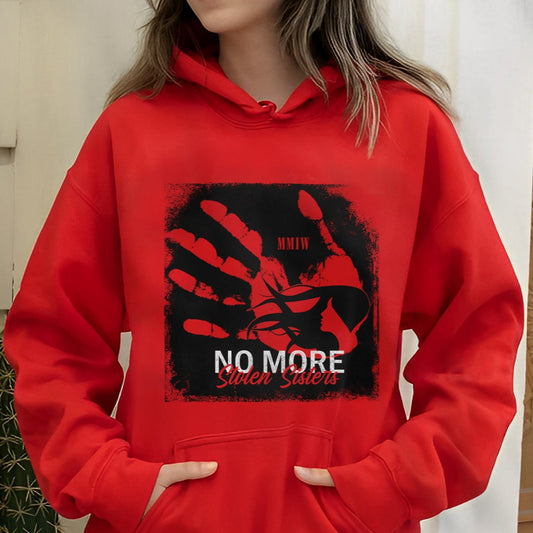
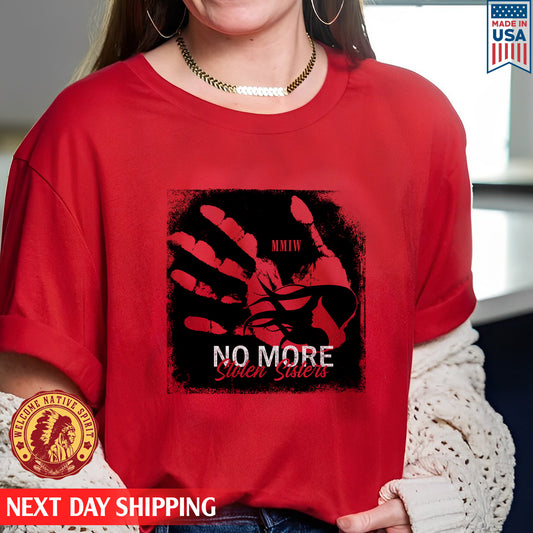
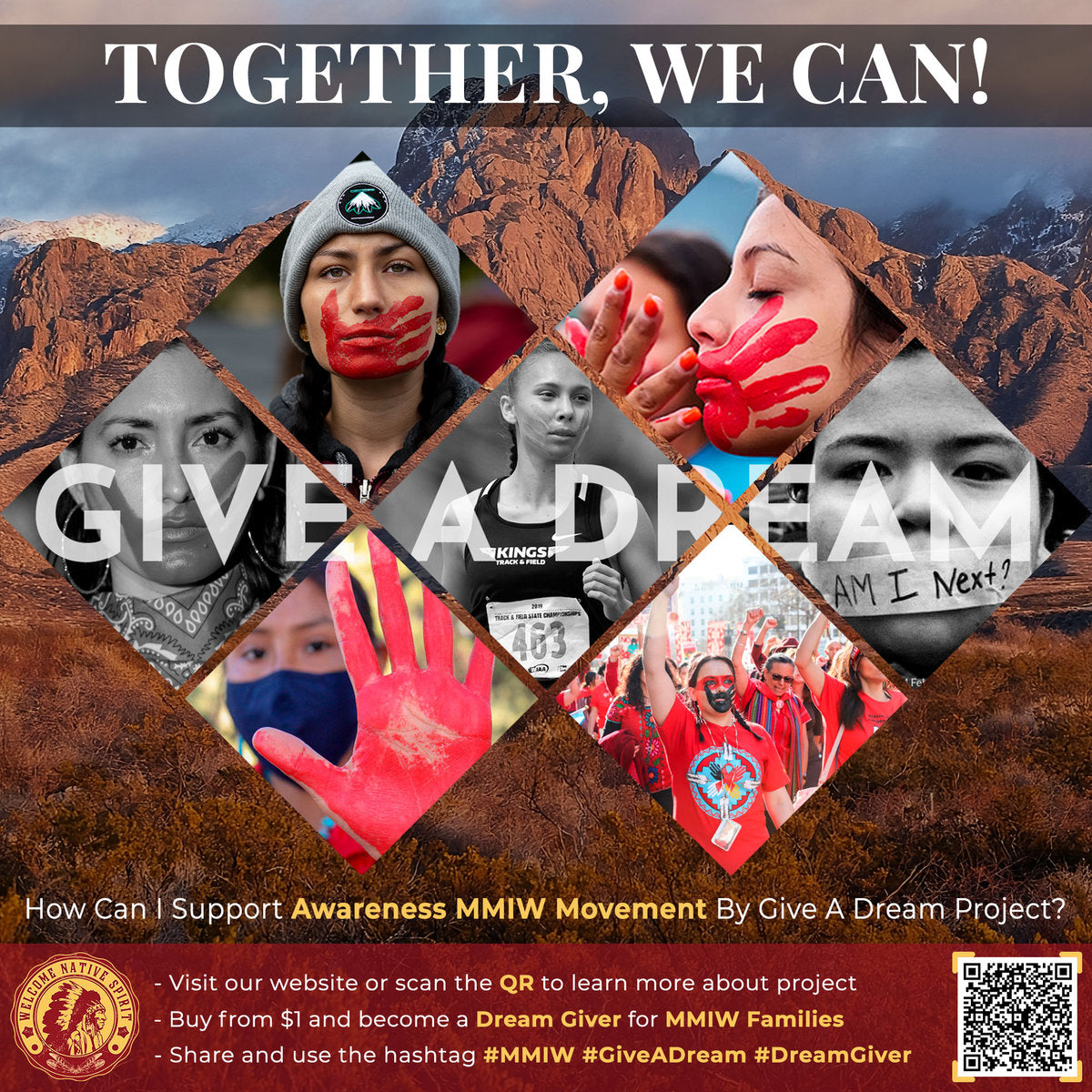
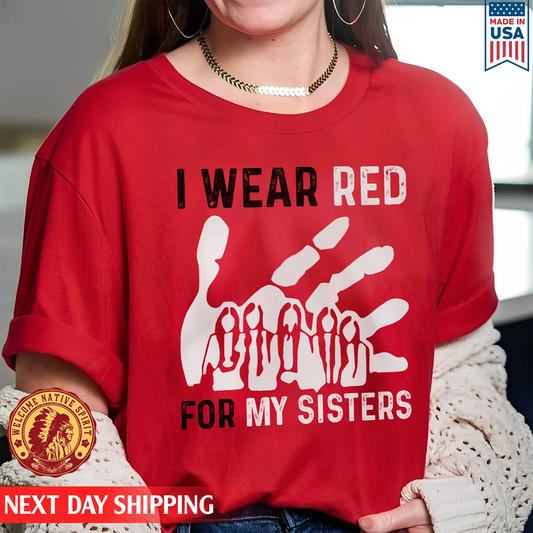
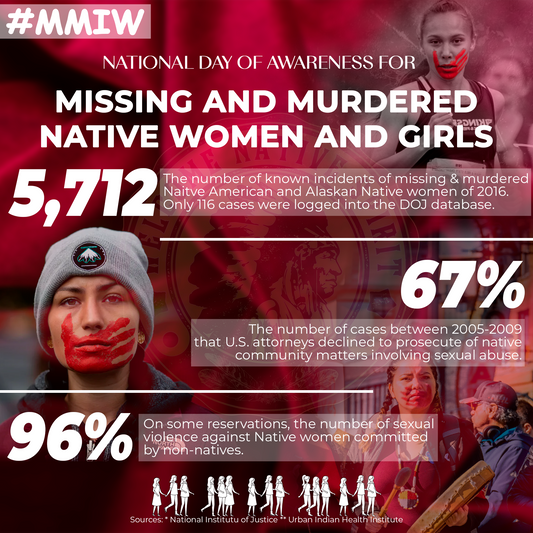
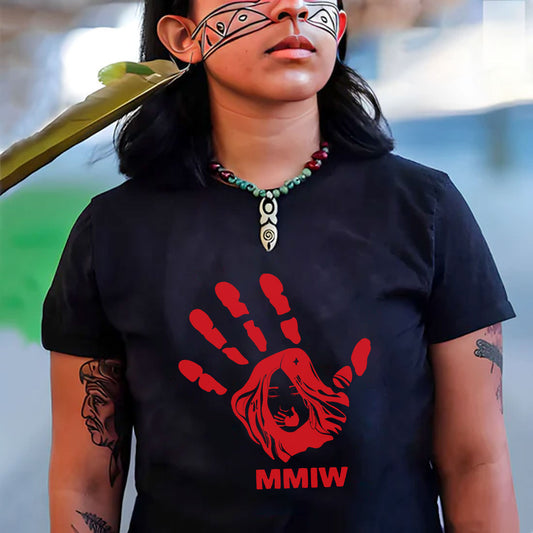
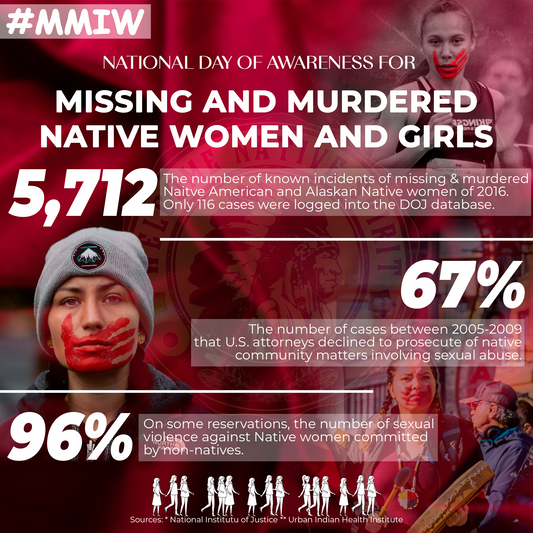




7 Comments
Please include the friendship that developed between Red Cloud and James Cook. Not only does it show how open-minded Red Cloud was, but could also inform people of the beautiful artifacts Red Cloud and his tribe gave to James Cook, which are on display at the Agate Fossil Beds National Monument.
Such a powerful human being. We need more like him today.
There is a great need for more Native Americans in government positions such as Senators, Representatives and even President. A political movement such as Black Lives Matter, should be established for Native Americans to bring to light the atrocities, lack of understanding of Native culture and what was done to the people. Enough of avoidance by government to address the many issues involving Natuve people on reservations and throughout this country. I personally am a descendant of Celtic people who came to this country in the 1920/30’s; also suffered oppression. I totally agree with Native people standing firm to defend their rights and freedoms. The true first Americans.
I am so grateful for Ogalala, Lakota people who saved my father‘s life, doing a four days of sweat lodge ceremony with family/dear friends to name his tumor; 10”x4”x31/2” in his stomach cavity. Western doctors in NM told him he would be dead in six weeks to six months. He lived an additional 22 years. Dad, after naming his tumor and changing all his behavior; Meditating, drumming, and getting all the junk out of his diet, gave Kam Nightchase Lau and Great Spirit the credit and lived to ‘pay it forward’🦅🐎🫶🏼Metakoyasin 🙏🏼
I am so grateful for Ogalala, Lakota people who saved my father‘s life, doing a four days of sweat lodge ceremony with family/dear friends to name his tumor; 10”x4”x31/2” in his stomach cavity. Western doctors in NM told him he would be dead in six weeks to six months. He lived an additional 22 years. Dad, after naming his tumor and changing all his behavior; Meditating, drumming, and getting all the junk out of his diet, gave Kam Nightchase Lau and Great Spirit the credit and lived to ‘pay it forward’🦅🐎🫶🏼Metakoyasin 🙏🏼